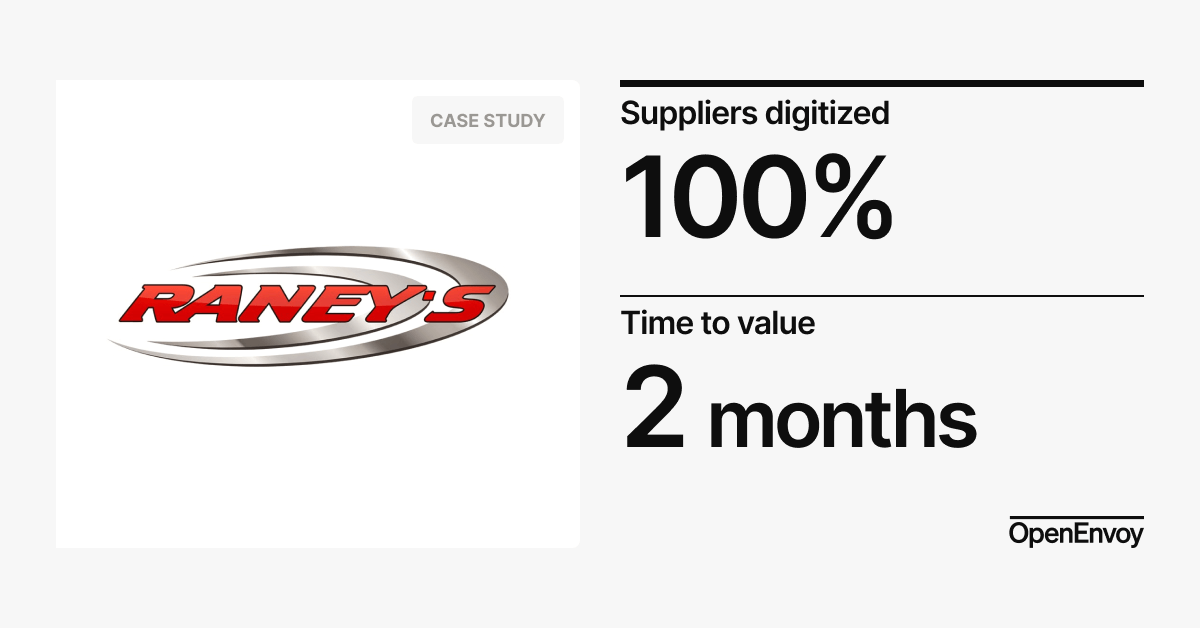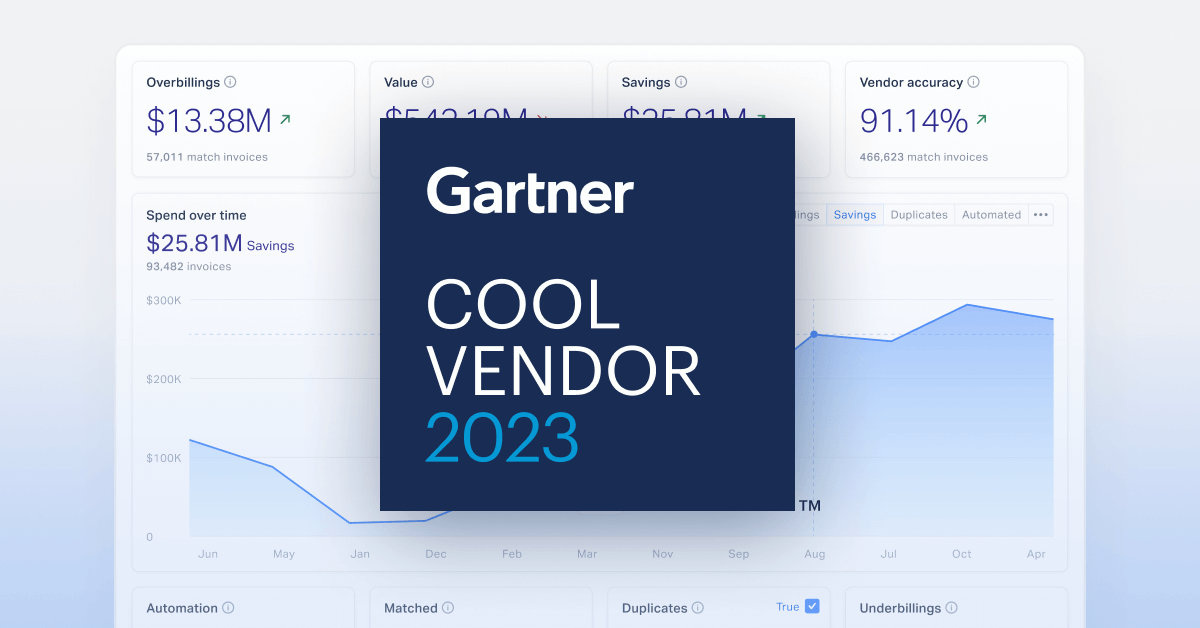AP errors are costing manufacturers millions
Manufacturers are losing money every day, and finance teams don’t even realize it. Tariffs, compliance errors, and outdated AP workflows are driving up costs, cutting margins, and exposing businesses to regulatory risk.
Right now, your AP team is likely overpaying on duties, missing out on refunds, and putting your company at risk of costly audits. The worst part? It’s completely preventable with AI.
The three costly AP mistakes manufacturers can’t afford to ignore
For finance leaders, import duties and compliance aren’t just a bureaucratic headache—they’re a direct threat to profitability. The cracks in your AP process are already there. The question is, how much longer will they go unchecked?
1. Overpaying on import duties due to incorrect tariff classification
Every imported good must be classified under the Harmonized Tariff Schedule (HTS), but manual AP processes are full of errors. These errors happen because AP workflows rely heavily on manual data entry, outdated ERP systems that lack automated validation, and fragmented processes with limited visibility across finance and supply chain functions. This creates a perfect storm for mistakes like incorrect tariff classifications, missed duty drawback opportunities, and unverified vendor data.
The complexity of constantly changing global trade regulations only makes matters worse, increasing the risk of errors that manual compliance checks simply can’t catch fast enough. A single misclassification—whether from a vendor mistake, data entry error, or outdated system—can inflate costs dramatically, leading to millions in unnecessary duty payments over time.
Most of these mistakes go unnoticed until an audit forces finance teams to dig through years of overpayments. By then, it’s too late—the money is gone, and there’s no getting it back.
2. Failing to claim duty drawback refunds
Manufacturers are leaving millions on the table by failing to claim refunds they’re entitled to. The Duty Drawback Program allows companies to reclaim up to 99% of import duties when those goods are later exported, but most finance teams don’t even file a claim because they don’t have the tools to track and match transactions at scale.
Without AI-powered automation, finding these refunds is nearly impossible. AP teams would have to manually sift through years of records, cross-referencing invoices, shipments, and duty payments. Meanwhile, the government keeps your unclaimed cash.
3. Incomplete invoice tracking and compliance checks
Regulators are increasing scrutiny on tariff classifications and duty drawback claims. Companies without proper invoice tracking and compliance checks are prime targets for audits, penalties, and back payments.
Most finance teams don’t find out they’re out of compliance until it’s too late. By the time the audit notice arrives, the damage is already done. Being reactive isn’t an option anymore. The only way to protect your company is to prevent these risks before they occur.
The fix: stop overpayments before they happen
Manufacturers relying on manual invoice review or outdated ERP systems are handing money to the government. The only way to stop the leaks is with AI-powered AP automation, enabling the following:
- Pre-match HTS classifications to prevent overpayments before invoices are approved
- Flag and code duty drawback-eligible invoices so refunds aren’t lost
- Automate invoice processing and reconciliation to eliminate human errors and reduce time spent on manual AP tasks
- Provide real-time visibility into invoice data, including tariff charges, so finance teams can track costs more accurately and react faster to shifting trade policies
- Deliver AI-powered insights into spending patterns to help manufacturers optimize sourcing strategies and minimize tariff exposure
- Ensure compliance with complex trade regulations by validating invoice data against current tariff rules, reducing the risk of audits and penalties
With AI powering these activities, finance teams stop reacting to compliance issues and start proactively controlling costs. Tariffs are volatile, and supply chain disruptions will continue—but your AP process shouldn’t be another liability.
Manufacturers that leverage Autonomous AP will protect their margins. Those that don’t will keep losing millions.
**Book a demo with OpenEnvoy today.**




